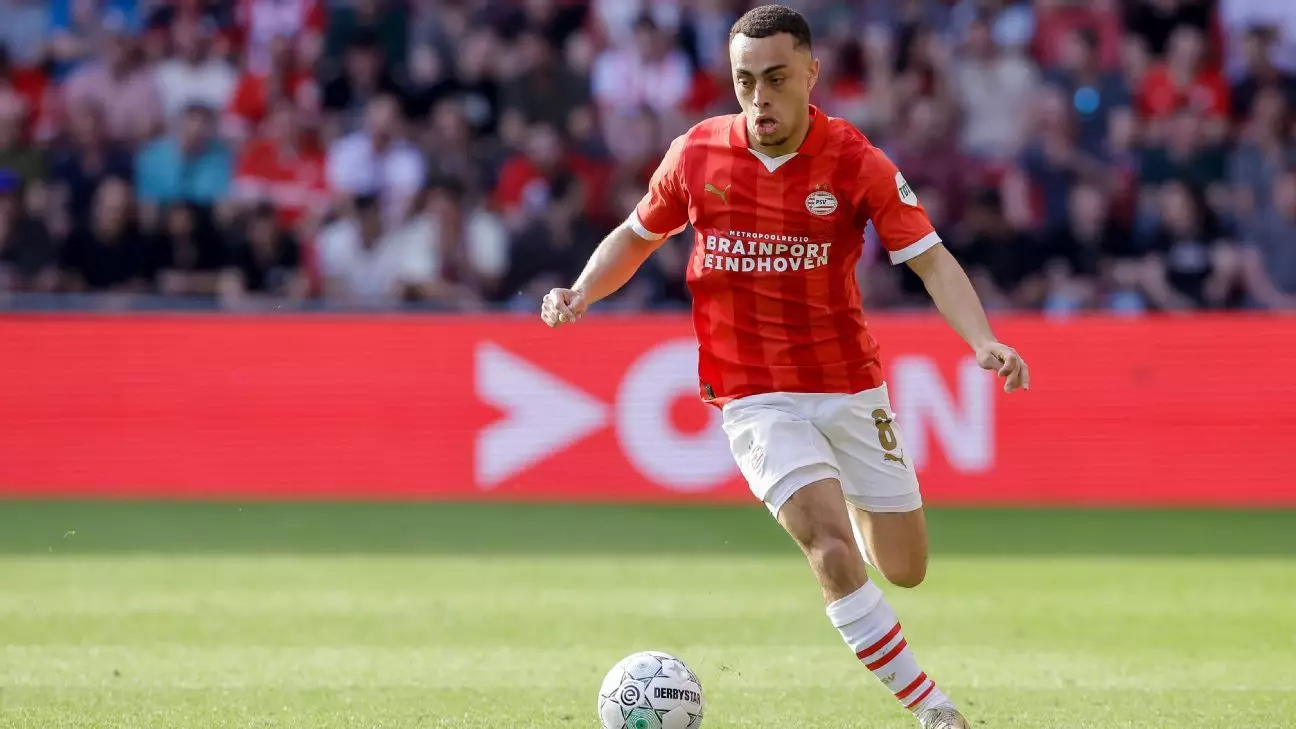On a momentous day for U.S. soccer, head coach Mauricio Pochettino unveiled his 27-player roster destined for two crucial friendlies against Turkey and Switzerland this upcoming June. Yet, the spotlight did not solely shine on who made the cut; it predominantly flickered on the notable absences within the squad. Key players like Christian Pulisic, Weston McKennie, Timothy Weah, Giovanni Reyna, Antonee Robinson, and Yunus Musah have been omitted, raising eyebrows and fuelling discussions about the team’s preparation for the Gold Cup and ultimately, the World Cup later next year.
Pulisic’s absence is particularly significant; after a taxing season in Europe, where he accumulated over 3,500 minutes on the pitch while grappling with persistent injuries, his need for a breather was unavoidable. The same reasoning applies to Robinson, who played 37 matches for Fulham this season but could not participate in the Concacaf Nations League due to health concerns. These decisions highlight a problematic yet necessary aspect of professional athletics—players must occasionally prioritize their long-term health over immediate team obligations.
The Trade-Off of Experience
McKennie, Weah, and Reyna will be showcasing their talents in the Club World Cup, which simultaneously presents a different kind of dilemma for Pochettino. While it’s commendable that they’ll have opportunities to compete at a prestigious level, their absence during this preparatory window might hinder the team’s cohesion. The competition for a place in the World Cup necessitates that the players cultivate robust chemistry on and off the field—a task made more challenging without core members in the lineup.
Furthermore, the presence of players like Johnny Cardoso remains uncertain, depending on the outcome of his rumored transfer to Atlético Madrid. As the Gold Cup roster deadline approaches, these uncertainties could lead to an unbalanced team or the need to tap into less experienced players at this critical juncture.
A New Breed of Players Embraces The Challenge
The silver lining in this situation is the opportunity created for a plethora of young talent. Twelve players with less than five international caps, including five who have never represented the national team, will have the chance to don the U.S. jersey. This fresh injection of enthusiasm could be a defining moment for the national team, potentially allowing new strategies and chemistry to develop, unfettered by the status quo of its absent veterans.
It is becoming increasingly clear that this approach may contribute positively to Pochettino’s aim of redefining the team’s identity in the lead-up to the World Cup. By nurturing budding talents, the coach can build a strong foundation that can evolve into a more versatile and dynamic squad.
The narrative of the seasoned veterans must now intertwine with that of the emerging young guns, creating a narrative that speaks to resilience and adaptability—qualities essential not just in sports, but in life as well.
Shaping a Future Vision
Pochettino, who assumed his role last September, has quickly recognized the implications of these absences. The Gold Cup offers more than glory; it’s a critical laboratory for experimentation that can yield long-lasting benefits. With the team assembling in Chicago on June 1, it’s an opportunity for the coach to harness creativity and install a system that rallies the younger generation while fortifying the existing veterans’ roles for when they return.
In this context, Pochettino’s assertion that this is a “fantastic opportunity” carries a weight of truth. Notably, players like Tim Ream, Tyler Adams, and Matt Turner possess a wealth of experience and can guide the younger players through high-pressure situations. Their leadership will be invaluable as the team navigates their friendlies against Turkey and Switzerland on June 7 and June 10, respectively.
The Road Ahead
While major absences can often lead to pessimism, the evolving landscape within the U.S. Men’s National Team points toward an overall positive future. With the possibility of new players making strong impressions in these upcoming matches, they could potentially solidify their roles as significant players for future competitions.
The countdown to the Gold Cup, beginning against Trinidad & Tobago on June 15, is not just about winning; it’s an investment in building the foundation of a squad that can thrive on the world stage. The time to innovate is now, and with fresh energy igniting the roster, Pochettino has a unique chance to shape a new era for U.S. soccer.

